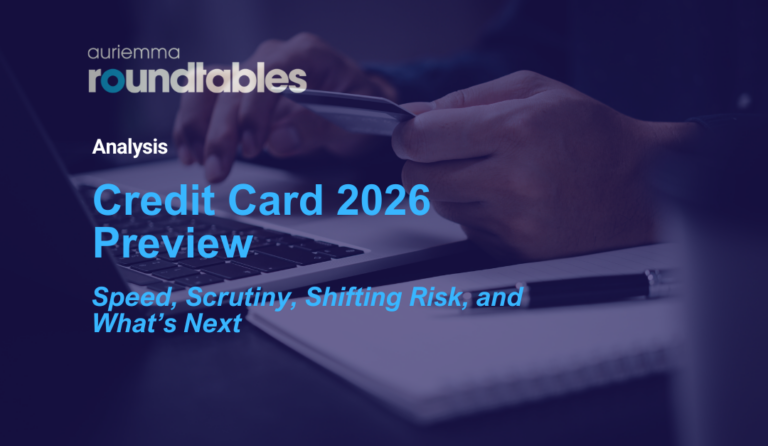November 6, 2025
The Rising Cost of Auto Insurance Fraud in the U.S. and How LPR Data Fights Back
The Scale of the Problem
Auto insurance fraud continues to be one of the most challenging issues facing the U.S. insurance industry. According to the Coalition Against Insurance Fraud, fraudulent activity drains more than more than $308.6 billion each year from the American economy each year. Within property and casualty insurance, those losses amount to tens of billions of dollars annually.
In auto insurance, premium leakage caused by inaccurate driver details, mileage, or garaging information adds up to about 35.1 billion annually , according to Verisk. When organized fraud rings, staged accidents, and inflated damage claims are included, the financial impact on carriers becomes even greater.
These losses eventually reach consumers. FBI reports that U.S. households pay an estimated $400 to $700 more per year to make up for fraud-related costs.
Traditional methods like manual reviews or post-claim investigations are struggling to keep up with today’s fraud landscape. Schemes are evolving quickly, and the gaps in available data make it harder for insurers to spot and stop fraudulent activity before it results in major losses.
Where LPR Data Fits In
That’s where DRN Data plays a vital role. As the operator of the nation’s largest License Plate Recognition (LPR) network, DRN captures more than 500 million vehicle scans each month. Its advanced analytics give insurers a clear and reliable view of vehicle movement and behavior.
Through this data, insurers gain a stronger, fact-based way to uncover and prevent fraud. By analyzing vehicle sightings over time, DRN Data builds a verified record showing where and when a vehicle was observed. This helps carriers confirm usage patterns, validate garaging addresses, and identify inconsistencies before they lead to expensive claims.
Every day, DRN’s network gathers millions of license plate readings from across the country. When this information is organized and examined through the DRNsights for Insurance platform, it provides insight into how vehicles are used, where they travel, and whether those patterns align with what policyholders report. This level of intelligence is particularly valuable at underwriting, renewal, and claims stages, where precision and timeliness are critical.
Instead of replacing existing processes, DRN Data enhances them. It closes the information gaps that often exist in traditional documentation and self-reported details, allowing insurers to replace assumptions with clear, verifiable evidence.
How LPR Data Supports Fraud Prevention
- Mapping Vehicle Behavior
Historical sighting data allows investigators to trace where a vehicle has traveled over time. This helps confirm whether incidents such as collisions or thefts align with the details provided in a claim. - Validating Garaging Addresses
If a policyholder reports that a vehicle is stored in one location but the data shows it somewhere else, insurers can quickly identify the discrepancy and address it before renewal. - Identifying Organized Activity
LPR insights can reveal connections between vehicles, drivers, and addresses that might otherwise go unnoticed. Repeated sightings, shared routes, or overlapping locations can point to coordinated behavior or fraud rings that traditional claims data might miss. - Verifying Damage and Condition
Time-stamped vehicle images give adjusters a clear view of a car’s condition before a claim is filed. This visual proof helps confirm pre-existing damage and prevents inflated or false claims. - Acting Faster with Real-Time Intelligence
When a high-risk vehicle is detected again, LPR systems can alert investigators immediately. Early notifications allow faster follow-up, lower claim costs, and better recovery results.
Practical Applications in the Insurance Lifecycle
LPR analytics play a valuable role across several areas of carrier operations.
Underwriting and Renewals
Insurers can verify garaging and usage information at the start of a policy or during renewal to reduce premium leakage and improve rating accuracy.
Claims Triage
Vehicle history and sighting data help prioritize claims that show inconsistencies or potential red flags, allowing investigators to focus their efforts where they matter most.
Portfolio Assessment
By analyzing patterns in vehicle activity, carriers can identify emerging risk clusters or policies that may have been misclassified.
These applications encourage a proactive approach to fraud prevention and risk management, allowing insurers to act on insights rather than react to problems after they occur.
Changing the Fraud Equation
Integrating LPR intelligence transforms the way carriers manage fraud risk. This approach delivers several important advantages:
- Better detection accuracy by connecting behavior, time, and location data to reveal patterns that traditional methods may overlook.
- Faster resolution as investigations begin earlier and are supported by stronger, verifiable evidence.
- Reduced premium leakage through large-scale validation of key risk factors.
- Stronger deterrence since fraud networks understand their activities can be tracked and verified.
- Higher operational efficiency as automation enhances investigative work and minimizes manual effort.
By adopting LPR-driven intelligence, insurers can shift from reacting to fraud after it occurs to managing it proactively through data-based insight and precision.
Implementation Considerations
To gain the full benefit of LPR analytics, insurers should focus on practical integration and strong oversight.
- Embed LPR checks directly into underwriting, renewal, and claims workflows to make fraud detection part of everyday operations.
- Set clear alert thresholds to flag unusual vehicle activity or data anomalies that may require investigation.
- Promote collaboration among underwriting, claims, and SIU teams to create a unified view of potential risks.
- Ensure compliance with data privacy laws and ethical standards to maintain trust and transparency.
- Monitor performance metrics such as fraud detection rates, premium recovery, and claim cycle times to measure effectiveness.
These actions help insurers use LPR data to improve accuracy and efficiency without creating unnecessary operational complexity.
Conclusion
Insurance fraud remains both an economic and a trust issue that affects every part of the insurance value chain. As fraud schemes become more sophisticated, carriers need stronger tools to verify information quickly and accurately.
License Plate Recognition (LPR) data provides that foundation. It enables insurers to confirm where vehicles are, how they move, and whether reported details match actual events. This level of verification creates a fairer, more efficient, and more transparent insurance system that benefits both the industry and honest policyholders.
Learn more about how DRN Data and LPR intelligence support data-driven risk management at drndata.com/insurance.



